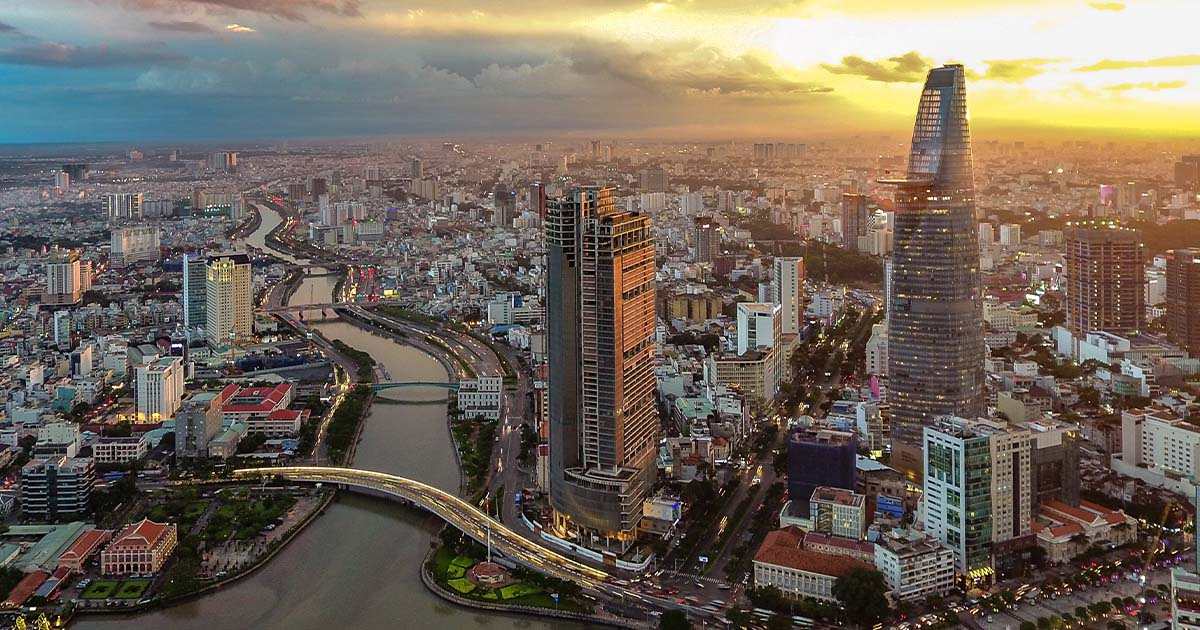DougB
Senior Member
That may reduce rental pressure in ON, but will it do much to housing prices?I think of the country like multiple bodies in a hydrostatic equilibrium, forces pushing outwards, and forces pushing inwards with fluid flowing between the bodies, and fluid being added from the outside.
Last year Ontario had a 'push' inward of 363,000 international students, net new around 220,000. This year Ontario will have a push of only 160,000 new international students, net new zero maximum (and likely to be lower).
That is a huge change! Especially since arrivals are mostly in a surge in August-September, causing significant pressures in the housing market. Starting for 2025, post-graduation work permits will be changing too. Both combined will mean non-permanent resident number will be a negative contributor to population growth instead of positive.
View attachment 574018
Over the next 3 years, that chart will be net negative by a total of 500,000 or so. This year it should drop by quite a bit with the combination of no new Ukrainian arrivals after March 31, zero contribution from international students, and lower university contributions on post graduate work permits (2019 and 2020 students).
Also need to consider the hydrostatic pressure from mortgage rate increases. The full impact won't be realized until 2027 when all of the 5 year terms locked in before the tightening cycle will have been renewed at higher rates.







